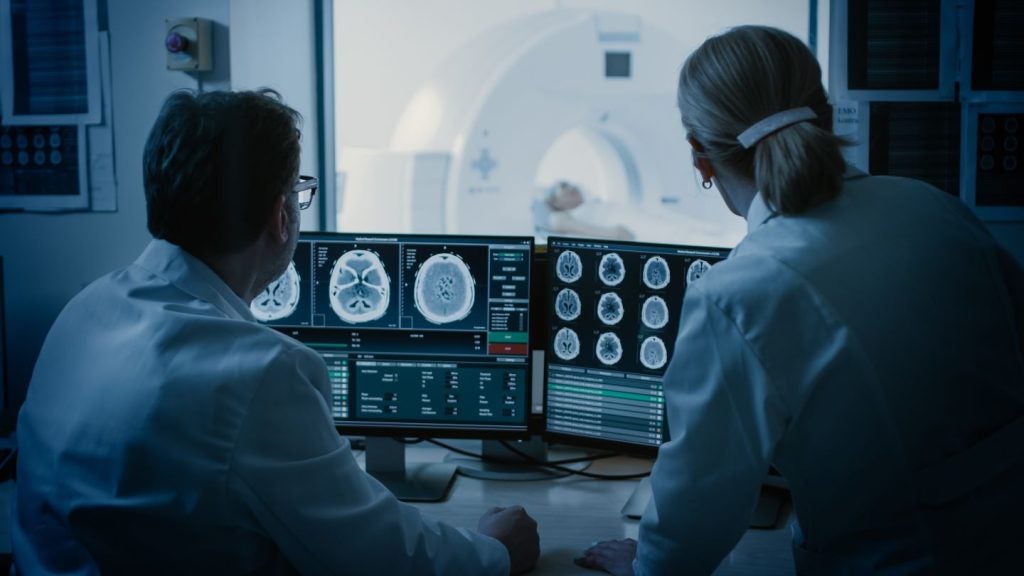Brain tumours pose a significant health risk, as the brain is the epicentre of all movement, thought, and emotion. May has been designated as Brain Tumor Awareness Month to enhance public understanding of the challenges associated with brain tumour diagnosis and treatment, as well as highlight ongoing research efforts.
GlobalData estimates that 625,000 new brain tumour cases are diagnosed annually worldwide, with 70,000 of those cases in the US. Although up to 70% of brain tumours are slow-growing and benign, they still present considerable health risks and can be life-threatening. For patients with malignant brain tumours, the five-year survival rate is approximately 35%, and for those with glioblastoma multiforme (GBM), the most prevalent type of malignant brain tumour, it is a mere 7%. These survival rates have remained stagnant over the past 45 years, in stark contrast to the advancements seen with other cancers, illustrating the critical need for research in this area.
Early detection is crucial in improving treatment outcomes and minimizing the risk of severe complications. Diagnostic imaging techniques, like functional magnetic resonance imaging (MRI) and diffusion tensor imaging, provide essential insights into tumour biology and its impact on brain function. Innovations, including artificial intelligence and specialised contrast agents, are enhancing the precision of tumour cell detection and facilitating timely interventions. Furthermore, in vitro diagnostic tests are emerging as rapid, cost-effective, and reliable screening tools. Nevertheless, novel treatments are necessary to further improve patient outcomes.
With over one hundred distinct types of primary brain tumours, determining the most effective treatment strategy is complex. Additionally, brain metastases can further complicate the treatment approach. Surgery, chemotherapy, and radiation therapy are the current standard of treatment, though they often face challenges due to tumour location and patient comorbidities. These methods require a careful balance between eradicating as much tumour tissue as possible and preserving healthy tissue. New treatment options, including immunotherapy and targeted therapies, offer more personalised options and show promise for increasing specificity towards tumour cells, helping to mitigate the limitations of traditional treatments.
Enhancing patient outcomes for brain tumour patients goes beyond treatment to include addressing long-term physical and cognitive disabilities and maximising quality of life. Medical devices such as neurostimulators and assistive technologies are integral to supportive care and rehabilitation services, helping survivors to manage symptoms and regain independence. It is imperative that research and awareness initiatives continue to evolve to meet the needs of patients with brain tumours effectively.















